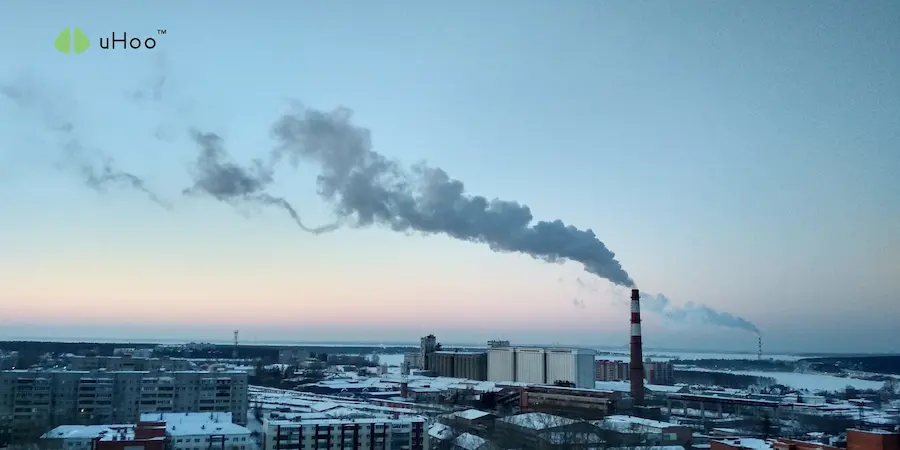Ground-level ozone, often referred to as smog, is a pervasive air pollutant that significantly impacts respiratory health, causing symptoms like coughing, throat irritation, and shortness of breath. It’s particularly prevalent and problematic on hot, sunny days, which accelerate its formation in the atmosphere.
While you can’t control the weather or large-scale emissions, you can certainly take proactive, practical steps for managing ozone pollution in and around your home, thereby safeguarding your personal exposure.
Here are 5 actionable and practical tips to help you effectively navigate periods of high ozone:
- Be Consistently Aware of Outdoor Ozone Levels: Your first and most fundamental step in managing ozone pollution is knowing when it’s a problem in your immediate area. Make it a daily habit to check local air quality forecasts. Many weather apps and environmental agencies provide real-time updates and alerts for ozone levels. Your uHoo app, with its integration capabilities, can also provide you with this crucial outdoor air quality data directly. Knowing when outdoor ozone is predicted to be high is key to triggering your protective measures.
- Minimize Outdoor Exposure During Peak Ozone Hours: Since ground-level ozone primarily originates outdoors, limiting your time in high-concentration areas is essential. Ozone levels typically peak in the afternoon and early evening (roughly 1 PM to 7 PM) on hot, sunny days. During these periods, reduce or reschedule strenuous outdoor activities like jogging, cycling, or heavy yard work. If you must be outdoors, opt for less strenuous activities and try to stay in shaded areas. This is particularly crucial for vulnerable populations such as children, the elderly, and individuals with asthma or other respiratory conditions.
- Seal Your Indoor Environment as Your Primary Shield: When outdoor ozone levels are elevated (as indicated by your uHoo or local alerts), your home serves as your most important protective barrier. Keep your windows and doors firmly closed. Inspect for and seal any significant cracks, gaps, or leaks around windows, doors, and utility penetrations – even small openings can allow ozone to infiltrate. Running your central air conditioning system not only keeps your home cool and comfortable but also helps recirculate and condition indoor air, reducing the need for outdoor ventilation and thus helping to manage ozone infiltration.
- Carefully Select and Use Ozone-Free Products Indoors: Not all air quality solutions are truly beneficial. Be extremely cautious of “air purifiers” or “ionizers” that explicitly claim to generate ozone as a cleaning method; these devices directly add a harmful pollutant to your indoor air and should be strictly avoided if you’re serious about managing ozone pollution. Instead, choose air purifiers that rely on true HEPA filtration for particles and activated carbon filters for gases, and are certified as ozone-free. Similarly, be aware that some office equipment like laser printers and photocopiers can emit small amounts of ozone; ensure adequate ventilation when using them, but only during periods when outdoor ozone is low.
- Utilize Your uHoo Monitor for Granular Insight and Confirmation: While ozone predominantly comes from outdoors, it can infiltrate your home. Your uHoo air quality monitor provides invaluable, real-time data on indoor ozone levels (among other pollutants). This immediate feedback empowers you to see if your indoor environment is truly protected after you’ve taken preventive measures. If your uHoo indicates a rise in indoor ozone despite your efforts, it’s a clear signal to re-evaluate your sealing, adjust your HVAC settings, or consider additional steps. This data-driven approach is fundamental to effectively managing ozone pollution within your living space.
By consistently integrating these practical tips into your daily routine, you can play an active and informed role in managing ozone pollution exposure for yourself and your family, fostering a healthier and safer indoor environment, even during challenging air quality days.



